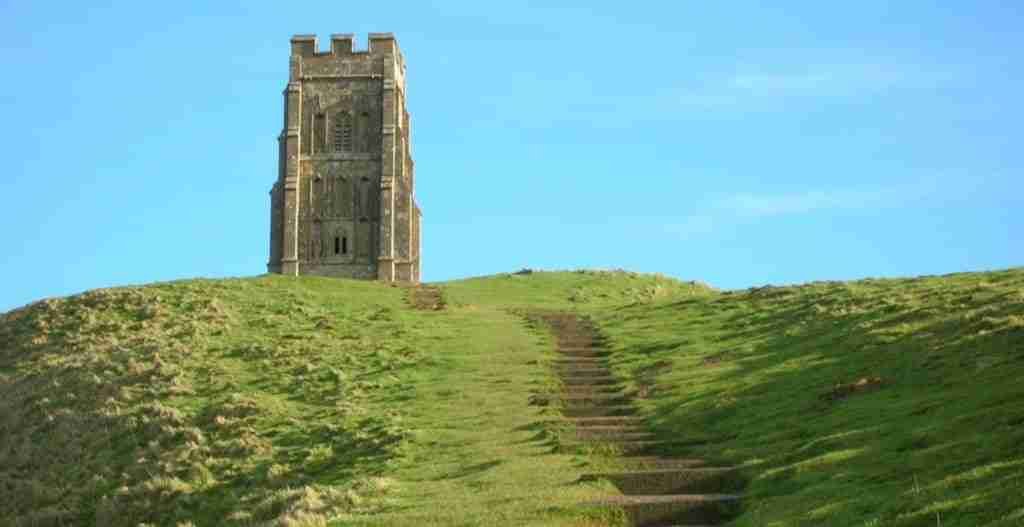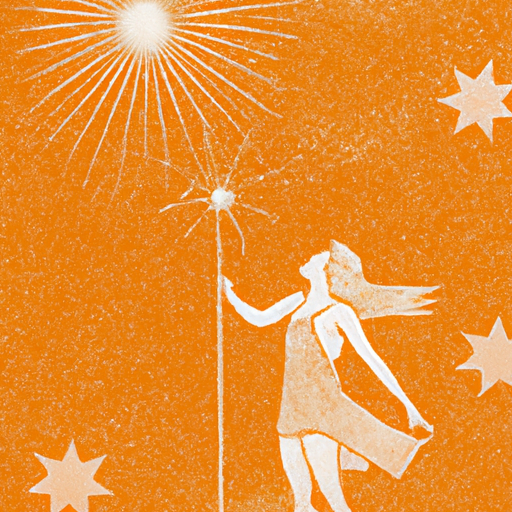In “The Origins and History of Fairies,” Ellen Castelow explores the fascinating world of fairies and their origins. While most people think of fairies as tiny creatures with gossamer wings, history and folklore reveal a different story. Fairies have been referred to by various names throughout history, such as the Little People or the Hidden People. Belief in fairies has been compared to belief in ghosts, fallen angels, or spirits of the dead. There are countless different kinds of fairies, some tiny and others grotesque, with the ability to appear and disappear at will. Castelow also explores the role of fairies in different cultures and their connections to pre-Christian gods and goddesses. With eye-witness accounts in the 20th century, the belief in fairies continues to persist.
Origins of Fairies
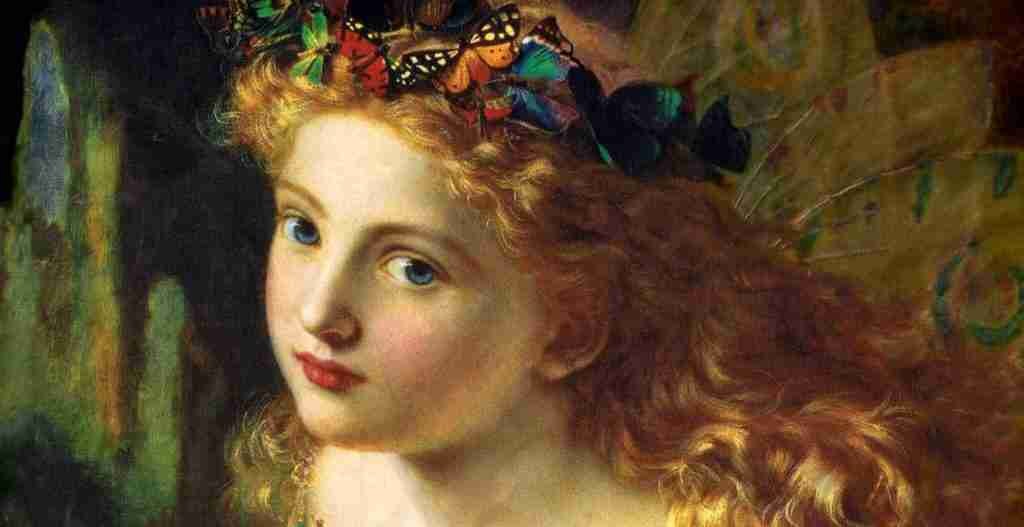
Belief in fairies
Most people think of fairies as tiny creatures with wings, but history and folklore tell a different tale. In the past, people were hesitant to mention fairies by name and referred to them as the Little People or the Hidden People. There have been various explanations for the belief in fairies. Some believe that they are spirits of the dead, or fallen angels who didn’t qualify for either Heaven or Hell.
Names for fairies
Fairies are known by different names in different cultures. In English folklore, they are often referred to as fairies or the Little People. In Scotland, they are called the Sidhe or the Tuatha de Danann. In Ireland, they are known as the Aos Sí or the Daoine Sidhe. There are countless other names for fairies around the world, each with its own unique folklore and mythology.
Explanations for belief in fairies
There are many theories for why people have believed in fairies throughout history. Some believe that fairies were a way to explain natural phenomena or strange occurrences. Others think that fairies were a manifestation of people’s fears and hopes, representing the unknown or the supernatural. In some cases, belief in fairies may have been a way for people to make sense of the world and find meaning in their lives.
Types of Fairies
Different kinds of fairies
There are hundreds, if not thousands, of different kinds of fairies. They come in all shapes and sizes, from tiny creatures to grotesque beings. Some fairies have wings and can fly, while others do not. Each culture has its own unique mythology and folklore surrounding different types of fairies.
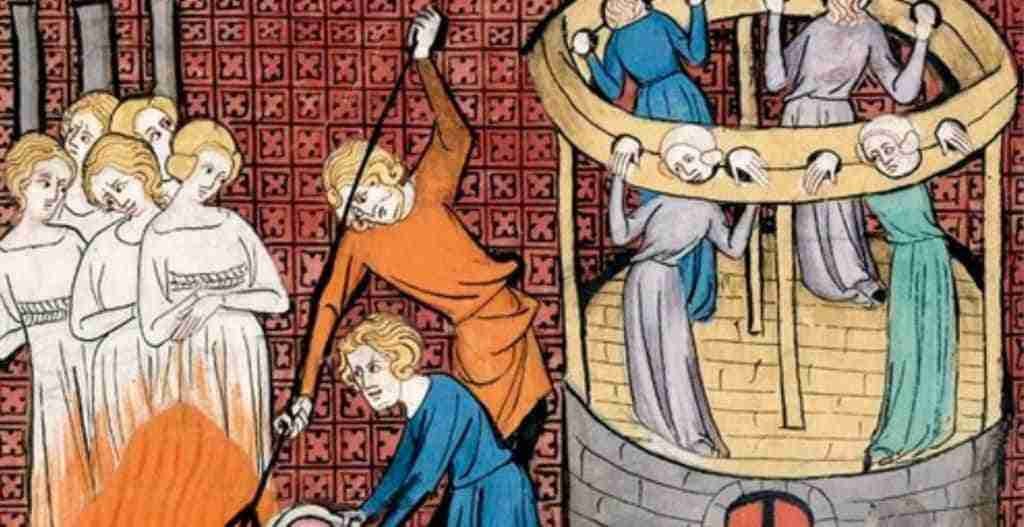
Physical appearances of fairies
Fairies can take on many different physical forms. Some fairies are described as being beautiful and ethereal, with delicate features and sparkling wings. Others are portrayed as being more grotesque or mischievous, with strange features and exaggerated features. The physical appearance of fairies can vary greatly depending on the culture and mythology in which they are depicted.
Abilities of fairies
Fairies are often associated with magic and supernatural abilities. They can appear and disappear at will, and many fairies have the power to grant wishes or cast spells. Some fairies are known for their healing abilities, while others are associated with trickery and mischief. The specific abilities of fairies can vary depending on the folklore and mythology associated with them.
Historical Accounts of Fairies

Earliest descriptions of fairies in England by Gervase of Tilbury
The oldest recorded descriptions of fairies in England can be found in the writings of Gervase of Tilbury, a historian from the 13th century. He described fairies as guardians and protectors, often taking the form of brownies or other hobgoblins. These fairies were said to do housework and odd jobs around the house.
Brownies and other hobgoblins
Brownies and hobgoblins are types of fairies that are often depicted as helpful and friendly. They are known for their willingness to do housework and chores around the home. In some regions of Scotland, brownies are described as being hideous creatures with no separate toes or fingers. In the Scottish Lowlands, they are said to have a hole instead of a nose.
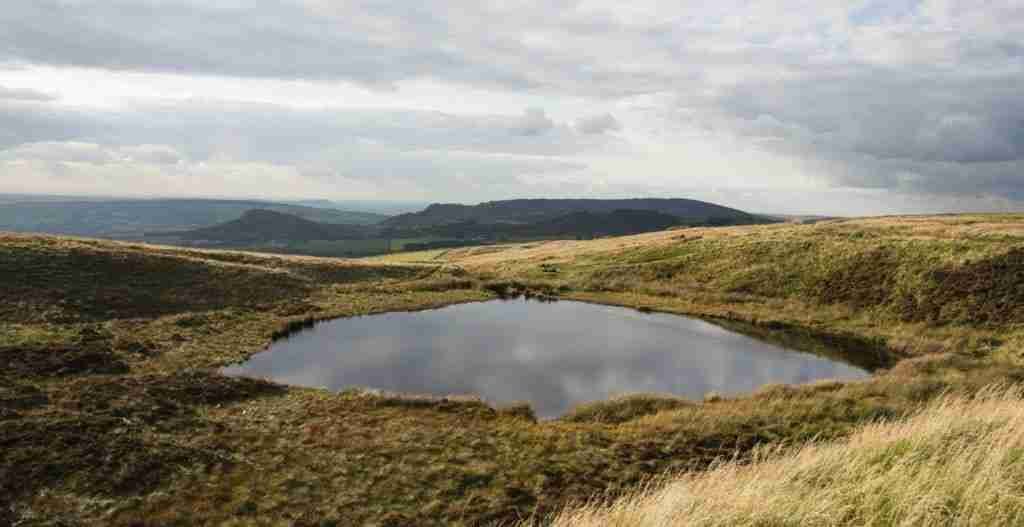
Banshees and Washer-by-the-Ford
Banshees are a type of fairy that are less common and more sinister. They are often associated with foretelling a tragedy or death. In Highland tradition, the Washer-by-the-Ford is a female fairy that is seen washing blood-stained clothes when someone is about to meet a violent death. These fairies are often described as having strange and grotesque features.
Goblins and Bug-a-boos
Goblins and Bug-a-boos are types of fairies that are always seen as malevolent and malicious. These fairies are to be avoided at all costs. They are often associated with causing harm or misfortune to those who encounter them. These fairies are often portrayed as being ugly and frightening, with the ability to cause chaos and destruction.
Nature Fairies

Possible origins of nature fairies
Many nature fairies are believed to be descendants of pre-Christian gods and goddesses, or the spirits of trees and streams. These fairies are often associated with natural phenomena and are seen as protectors or caretakers of the natural world. They are often depicted as having a close connection to the elements and the earth.
Black Annis and Gentle Annie
Black Annis is a blue-faced hag that is said to haunt the Dane Hills in Leicestershire. She is believed to be descended from the Celtic goddess Danu, who was the mother of Ireland’s cave fairies. Gentle Annie, on the other hand, is a fairy that is said to govern storms in the Scottish lowlands. Like Black Annis, she is believed to be a descendant of Celtic deities.
Mermaids, mermen, and other water fairies
Mermaids, mermen, and other water fairies are some of the most common types of nature fairies. They are often associated with bodies of water such as rivers, lakes, and oceans. In folklore and mythology, they are portrayed as beautiful and alluring, often luring sailors and unsuspecting humans to their watery demise.
Marsh gas and Jack-o-Lantern
Marsh gas is often associated with fairies and is believed to be the source of the myth of Jack-o-Lantern. Marsh gas creates flickering flames that hover over marshy ground, giving rise to the belief in these mysterious lights. Jack-o-Lantern, also known as Will-o-the-Wisp, is a dangerous fairy that haunts marshy ground, luring unwary travelers to their death.
Continued Belief in Fairies
Recent eye-witness accounts of fairies in the 20th century
Belief in fairies has not completely died out. There have been numerous eye-witness accounts of people claiming to have seen fairies as recently as the 20th century. One account tells of a Somerset farmer’s wife who lost her way on the Berkshire Downs and was guided back on track by a small green man who appeared out of nowhere. Another account tells of a woman and her daughter who encountered a small green man while on holiday in Cornwall, causing them to flee in terror. These recent accounts raise questions about the continued belief in fairies.
Discussion on belief in fairies
The belief in fairies has been a topic of discussion and debate for centuries. Some people believe that fairies are simply mythical creatures from folklore and mythology, while others claim to have had personal experiences with fairies. The continued belief in fairies can be seen as a reflection of people’s fascination with the supernatural and their desire to believe in something beyond the ordinary. Whether or not fairies truly exist is a question that may never be definitively answered.
Conclusion
Throughout history, fairies have captured the imagination of people around the world. From ancient folklore to modern-day sightings, the belief in fairies has endured. Whether they are seen as mischievous tricksters or benevolent guardians, fairies continue to fascinate and intrigue. While the origins and nature of fairies may remain a mystery, their place in human culture and mythology is undeniable.
